In certain corners of our world, entire communities have adapted to life on the water, creating floating neighborhoods that rise and fall with the tides. These remarkable settlements demonstrate human ingenuity in adapting to challenging environments while maintaining rich cultural traditions.
From Asia’s ancient floating markets to modern floating communities in Europe, these villages offer glimpses into unique ways of living that challenge our land-based assumptions.
Ganvie, Benin
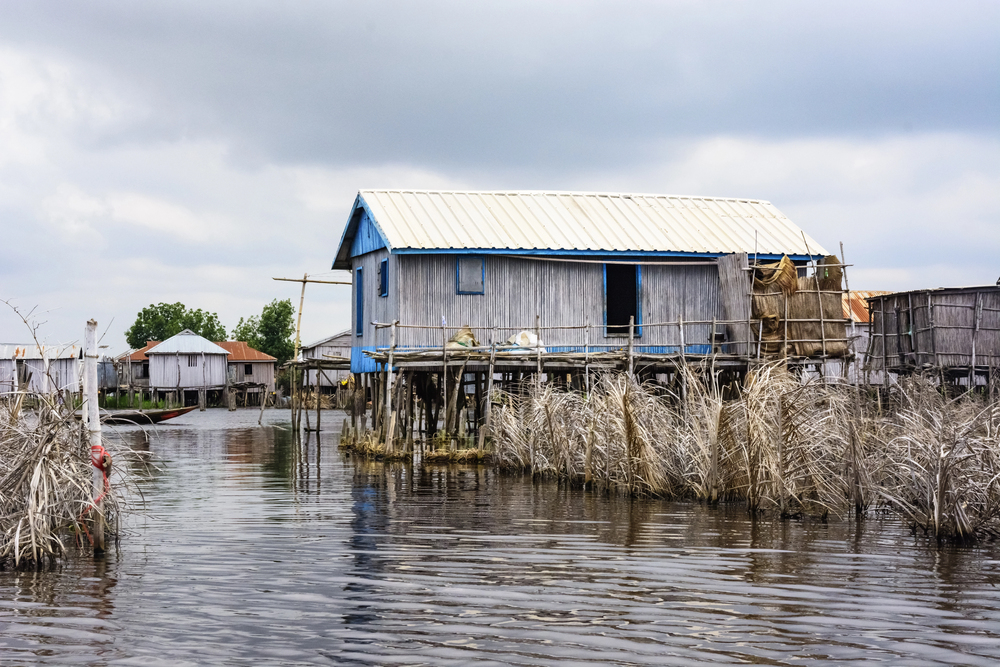
Built entirely on stilts over Lake Nokoué, this village of 30,000 people represents Africa’s largest floating community. Residents navigate between bamboo houses on traditional pirogues, while floating markets bring daily necessities to doorsteps.
Children learn to paddle before they can walk, attending floating schools and playing games in canoes.
Ko Panyi, Thailand
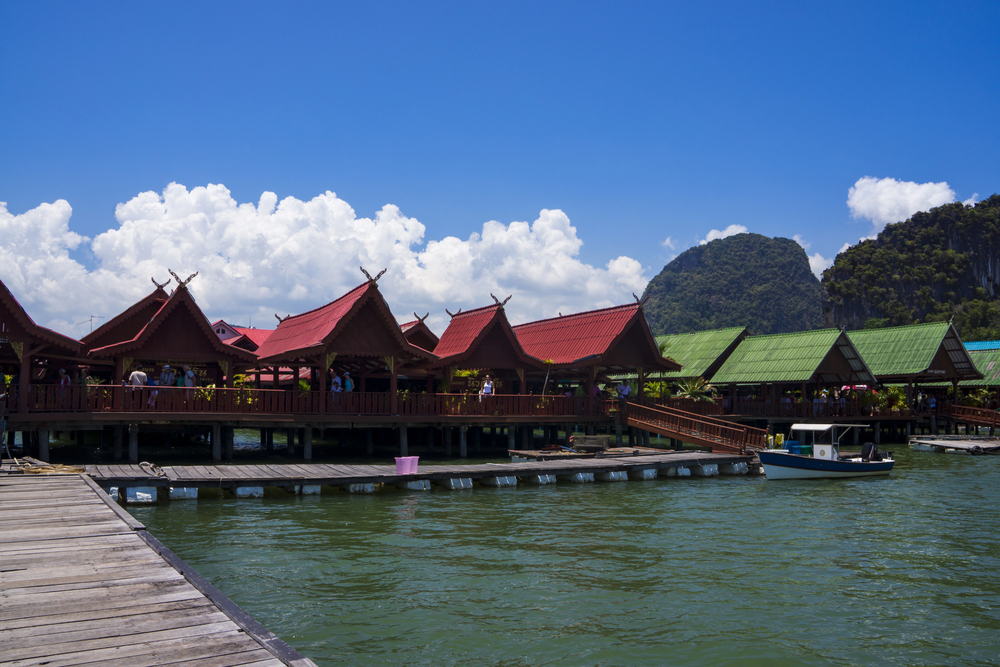
This Muslim fishing village built on stilts in Phang Nga Bay grew around a single mosque constructed on the only piece of solid ground. Floating platforms support everything from fish farms to a football pitch where local kids practice their skills above the water.
The village’s floating restaurants serve some of Thailand’s freshest seafood straight from family boats.
Like Travel Pug’s content? Follow us on MSN.
Uros Islands, Peru
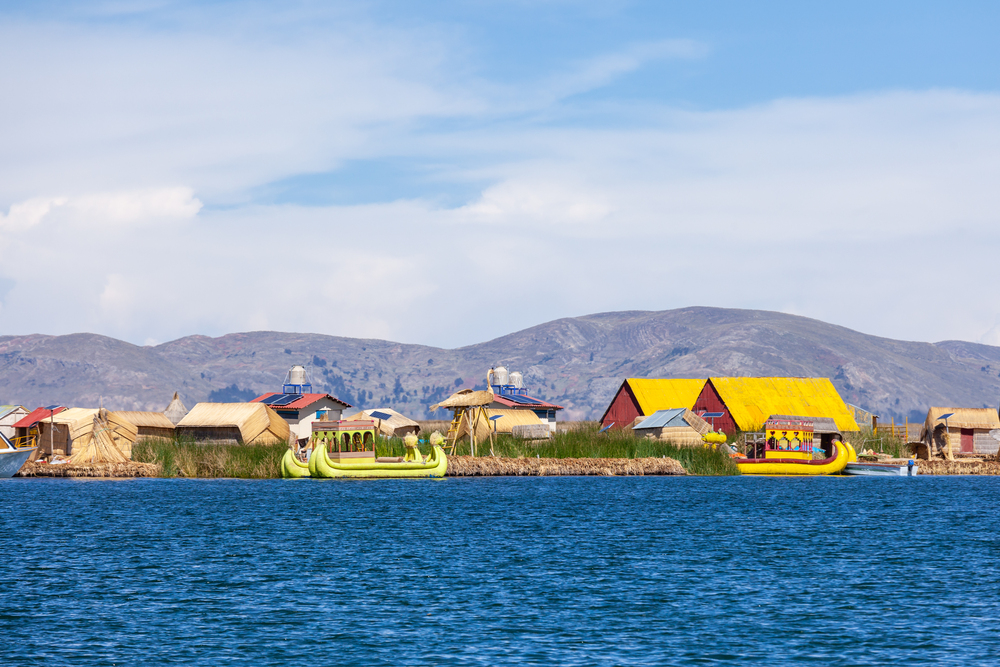
The indigenous Uros people maintain dozens of floating islands made entirely from totora reeds on Lake Titicaca. Each island lasts about 30 years before requiring replacement, while homes and boats use the same renewable reed material.
Residents continually add new layers of reeds to maintain their buoyant platforms.
Chong Kneas, Cambodia
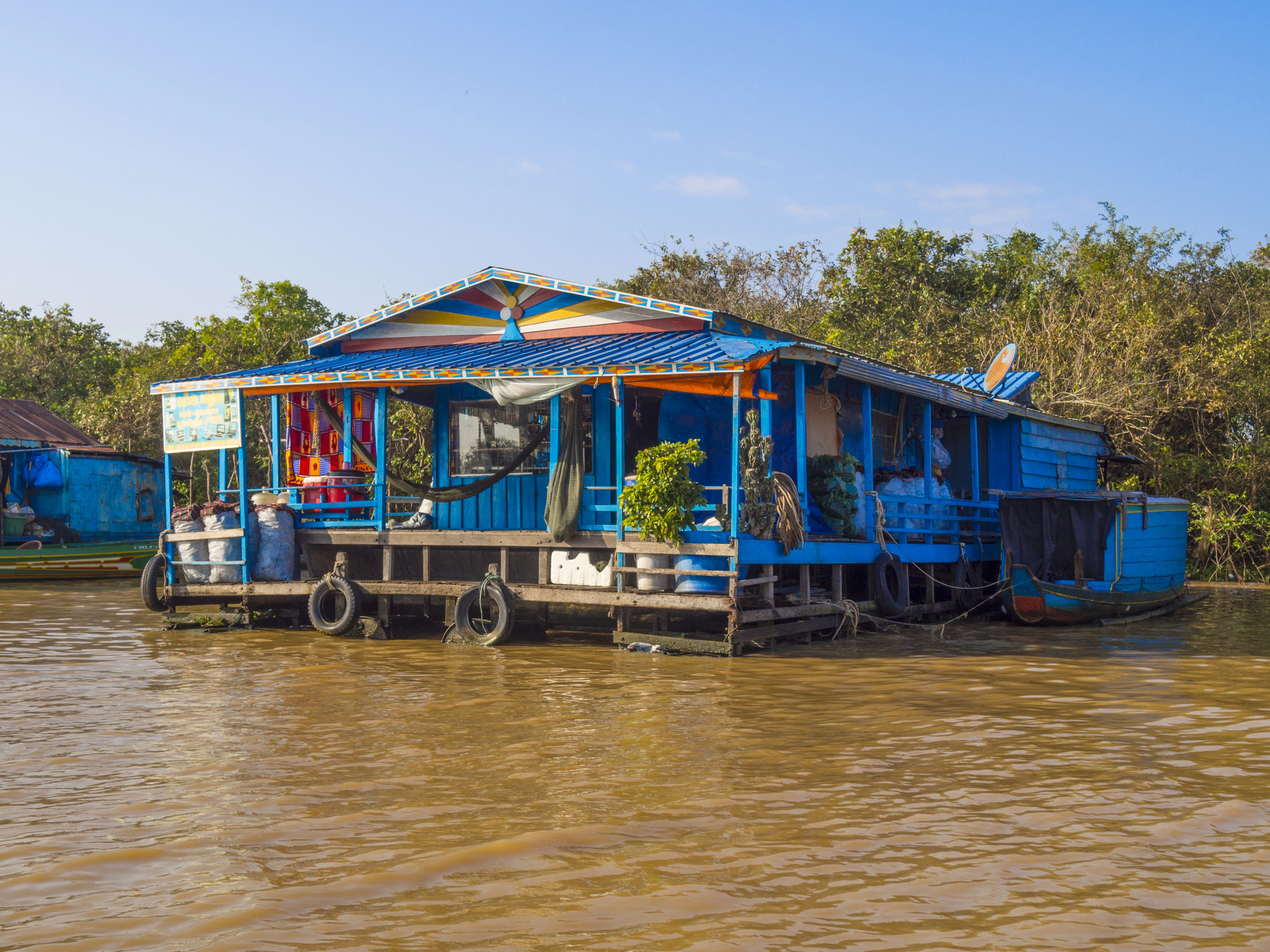
This entire village on Tonle Sap Lake rises and falls dramatically with annual monsoon cycles, sometimes by up to 30 feet. Floating gardens provide fresh vegetables, while fish farms beneath houses supply protein year-round.
Schools, churches, and shops all float alongside family homes, creating a complete water-based community.
Halong Bay Floating Villages, Vietnam
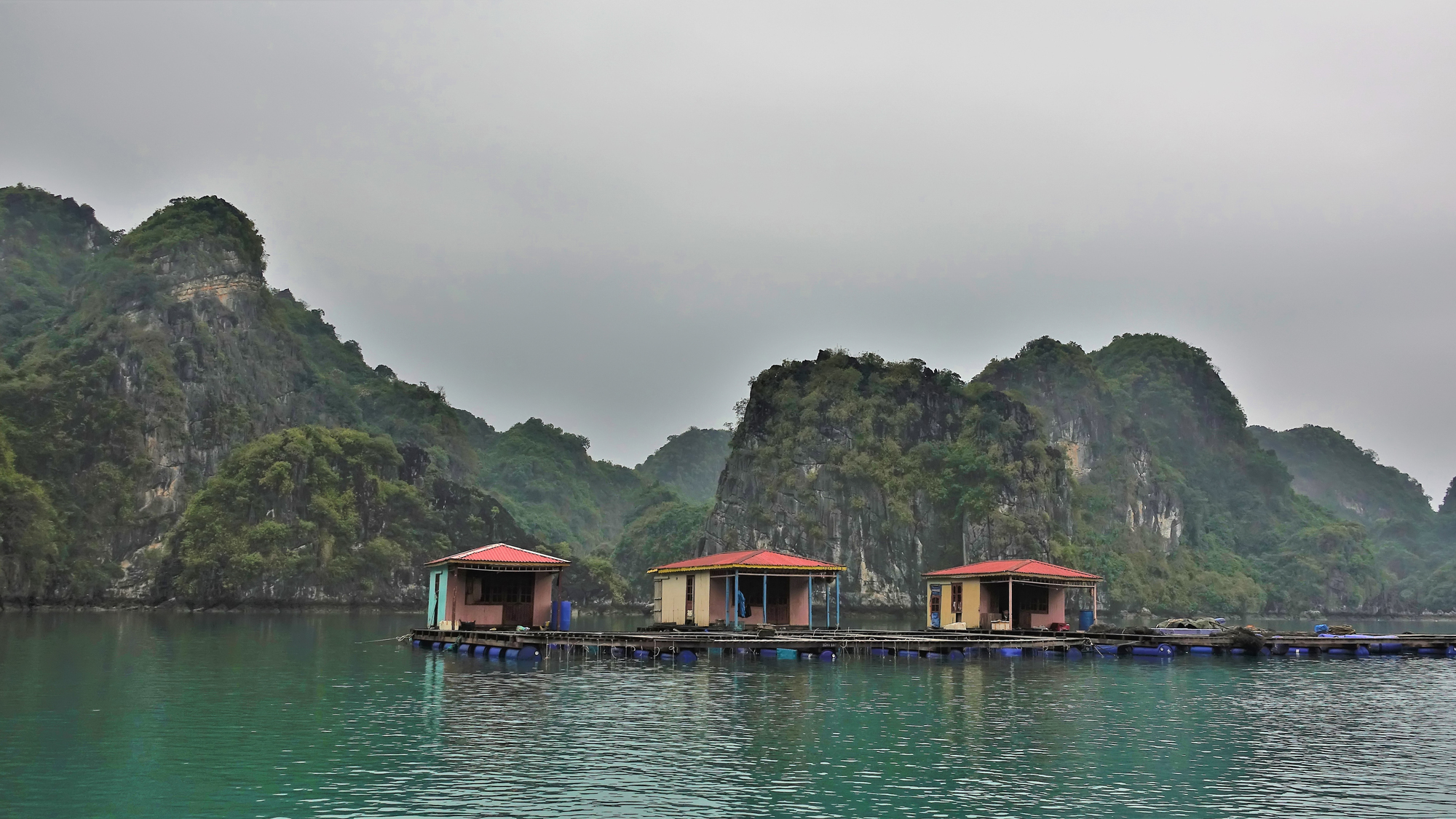
Generations of fishing families live aboard traditional houseboats in this UNESCO World Heritage site. Floating pearl farms provide additional income while cats and dogs adapt to life aboard family vessels.
Children attend floating schools where lessons include traditional fishing methods and water safety.
Like Travel Pug’s content? Follow us on MSN.
Santa Rosa de Lima, Peru
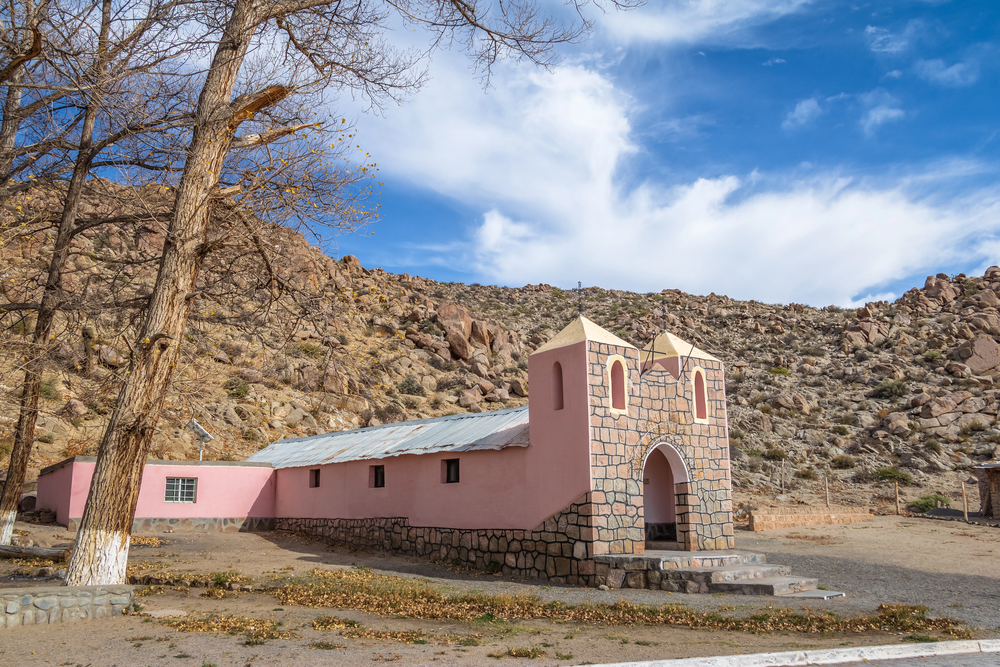
This Amazon River community features elaborate two-story floating homes that rise and fall with seasonal flooding. Residents maintain floating gardens where they grow fruits and vegetables in recycled containers.
The village’s floating market becomes a community gathering spot each morning.
Kompong Luong, Cambodia
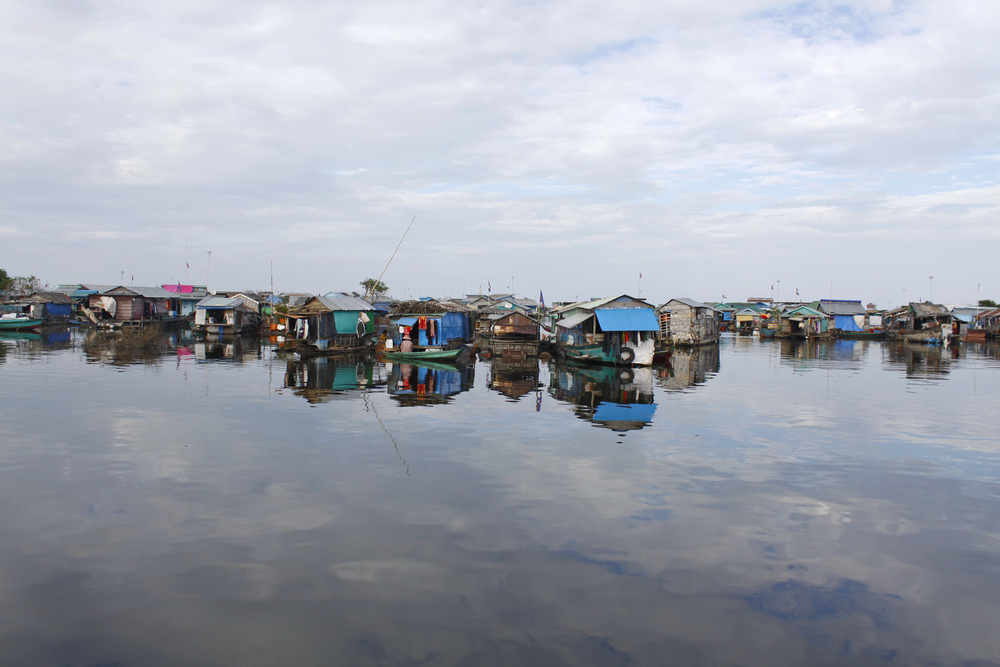
This ethnic Vietnamese floating town on Tonle Sap Lake includes multi-story structures with modern amenities. Solar panels power televisions and refrigerators, while floating gardens supply fresh produce.
The village even maintains floating pig farms and chicken coops adapted to life on the water.
Inle Lake Villages, Myanmar
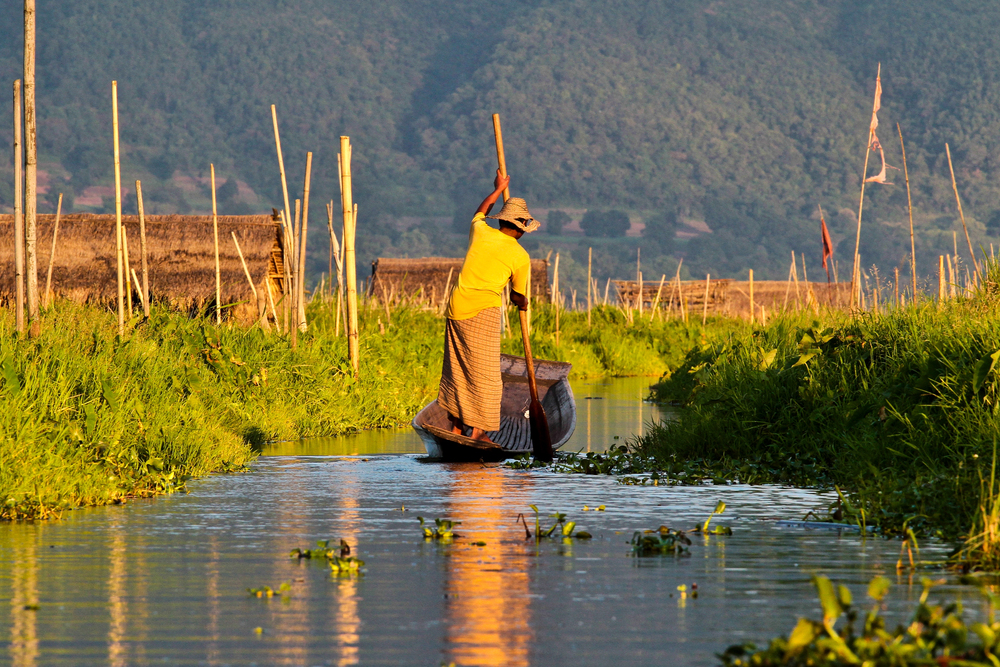
Famous for their leg-rowing fisherman, these villages feature floating gardens anchored by bamboo poles. Hydroponic tomato farms provide significant income, while traditional crafts flourish in floating workshops.
Buddhist temples rise from the water on sturdy stilts among family homes.
Like Travel Pug’s content? Follow us on MSN.
Belen, Peru
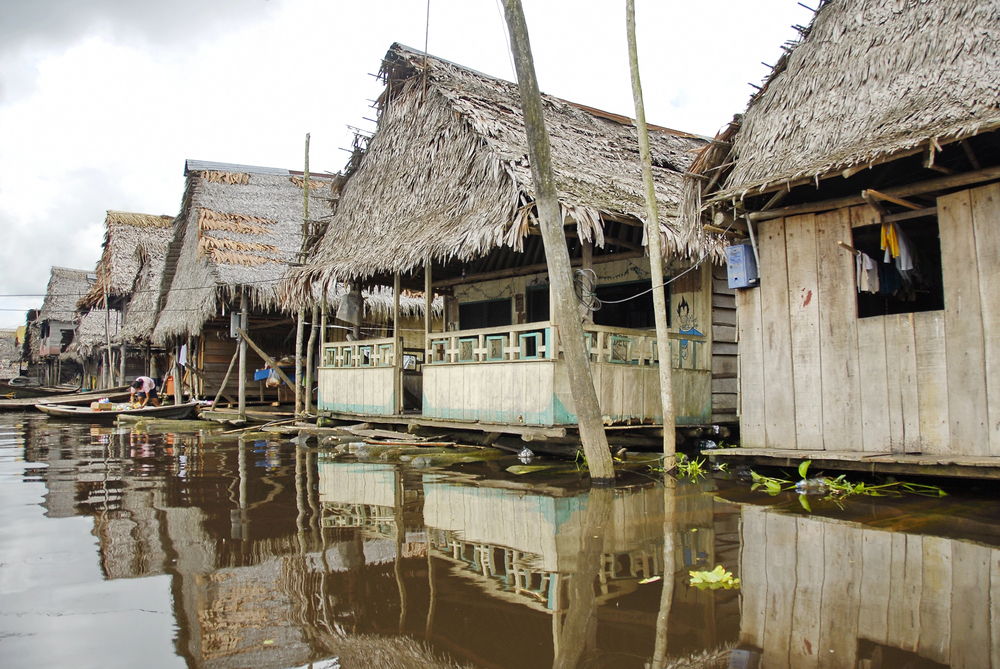
Known as the ‘Venice of the Amazon,’ this floating district of Iquitos adapts to annual river fluctuations of up to 40 feet. Floating markets sell everything from fresh fish to household goods delivered by boat.
The community maintains strong cultural traditions despite modernization pressures.
Dal Lake Houseboats, India
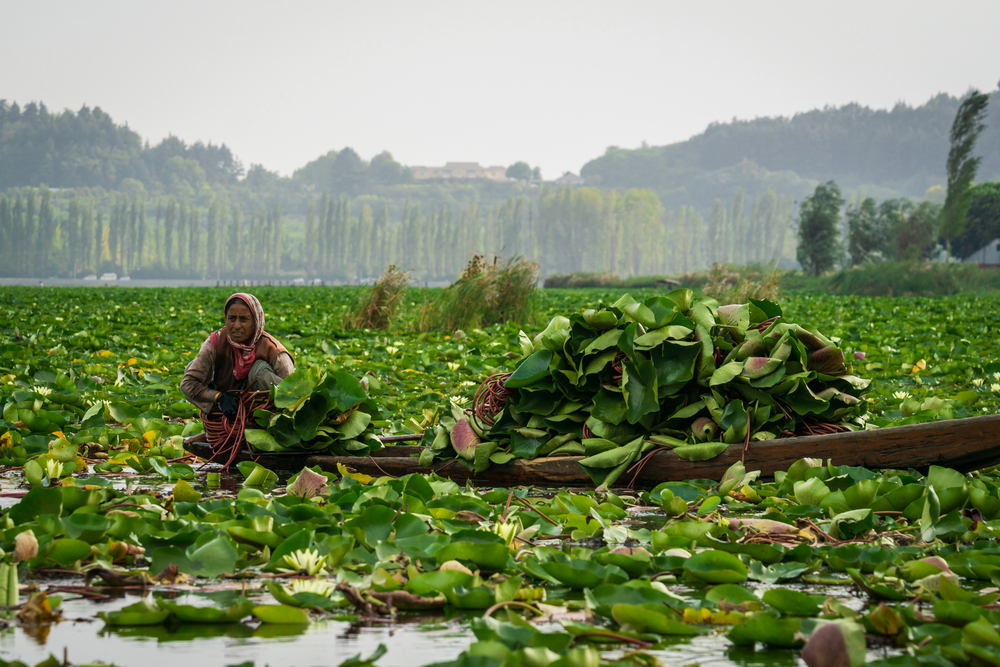
Elaborate wooden houseboats form floating neighborhoods on Kashmir’s most famous lake. Floating gardens produce lotus roots and vegetables, while mobile vendors sell supplies from decorated shikara boats.
Each houseboat features intricate wooden carvings reflecting traditional Kashmiri craftsmanship.
Makoko, Nigeria
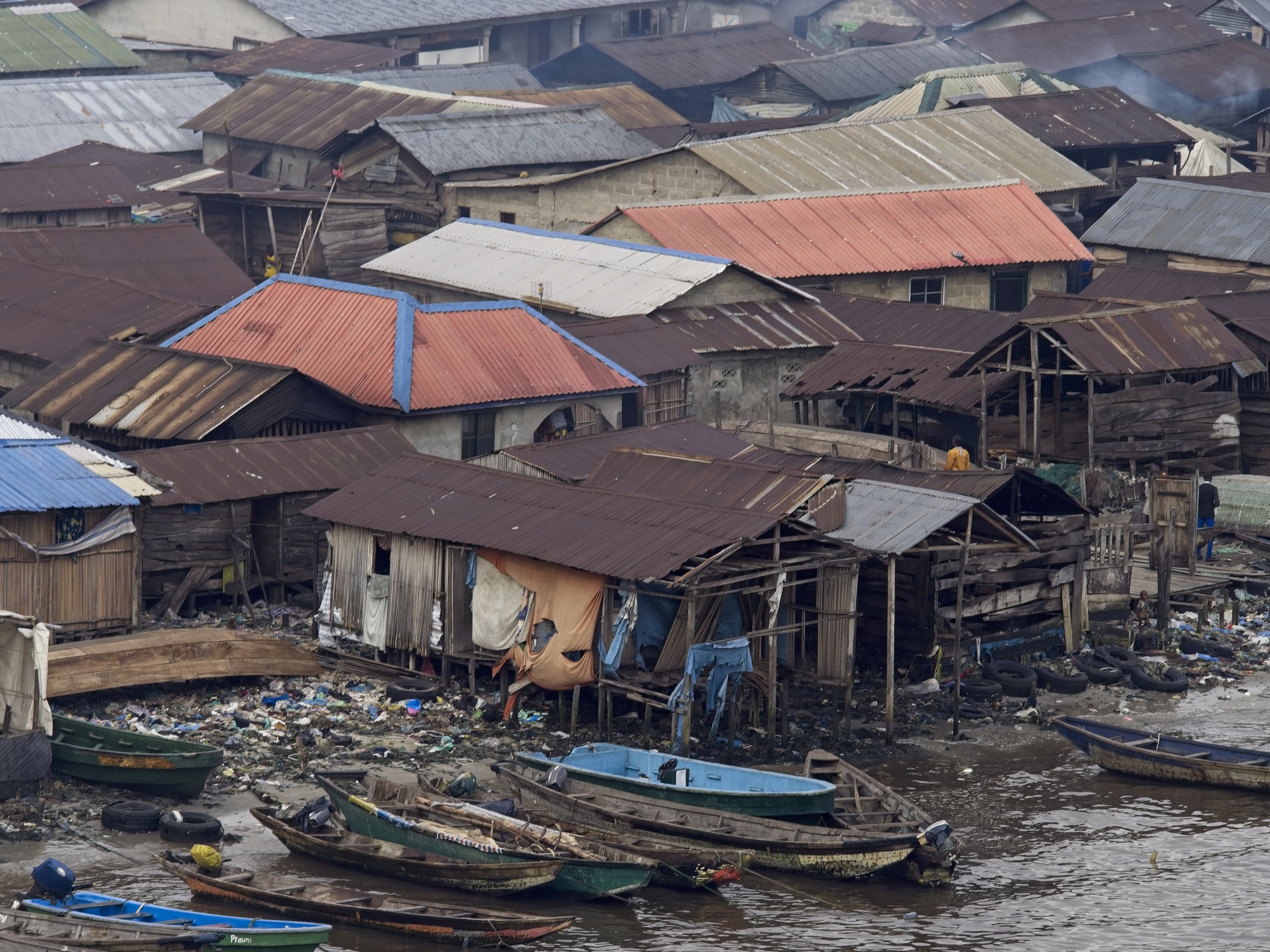
This floating slum in Lagos demonstrates remarkable resilience with homes built on stilts above the lagoon. A floating school designed by architects provides education while serving as a community center.
Solar-powered water purification systems help provide clean drinking water.
Like Travel Pug’s content? Follow us on MSN.
Village IJburg, Netherlands
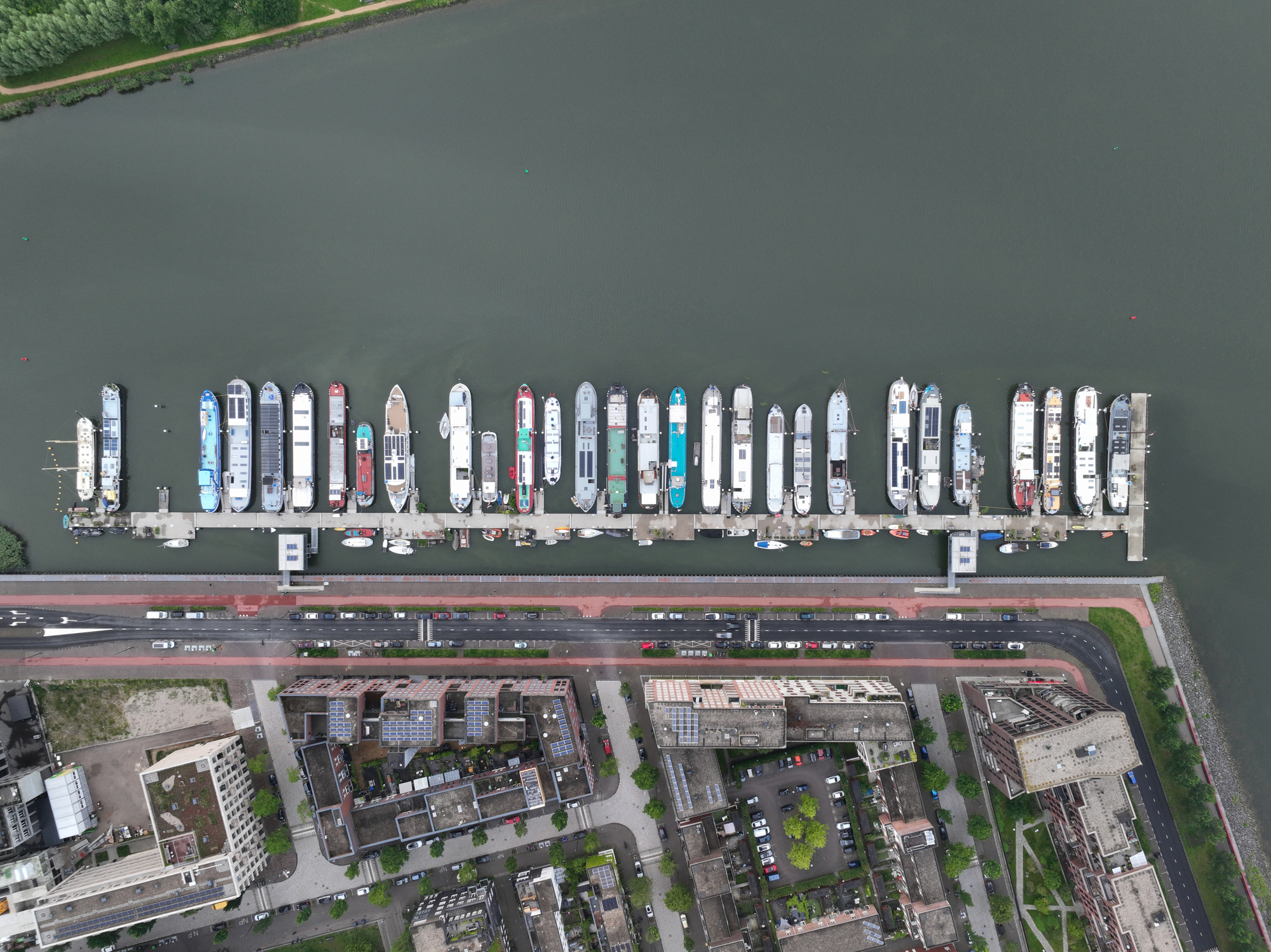
This modern floating community near Amsterdam features architecturally designed homes that combine sustainability with comfort. Each house generates its own power while utilizing water-based heating and cooling systems.
Residents maintain floating gardens and even keep small boats as ‘water cars.’
Kampong Ayer, Brunei
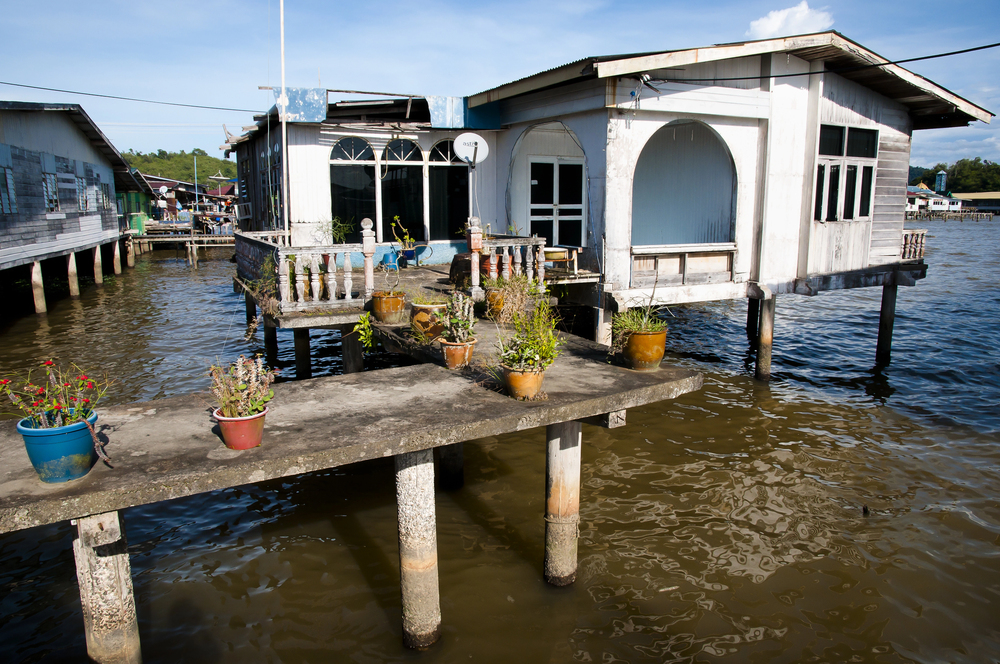
Known as the ‘Venice of the East,’ this water village houses over 30,000 people in traditional stilted homes. Modern amenities include air conditioning and internet, while water taxis provide public transportation.
The community maintains strong cultural traditions despite rapid modernization.
Agusan Marsh Villages, Philippines

Indigenous communities maintain floating homes that adapt to dramatic seasonal water level changes. Floating gardens provide food security, while traditional fishing methods sustain families.
Schools and community centers float alongside homes, creating complete water-based neighborhoods.
Like Travel Pug’s content? Follow us on MSN.
Zhouzhuang Water Town, China
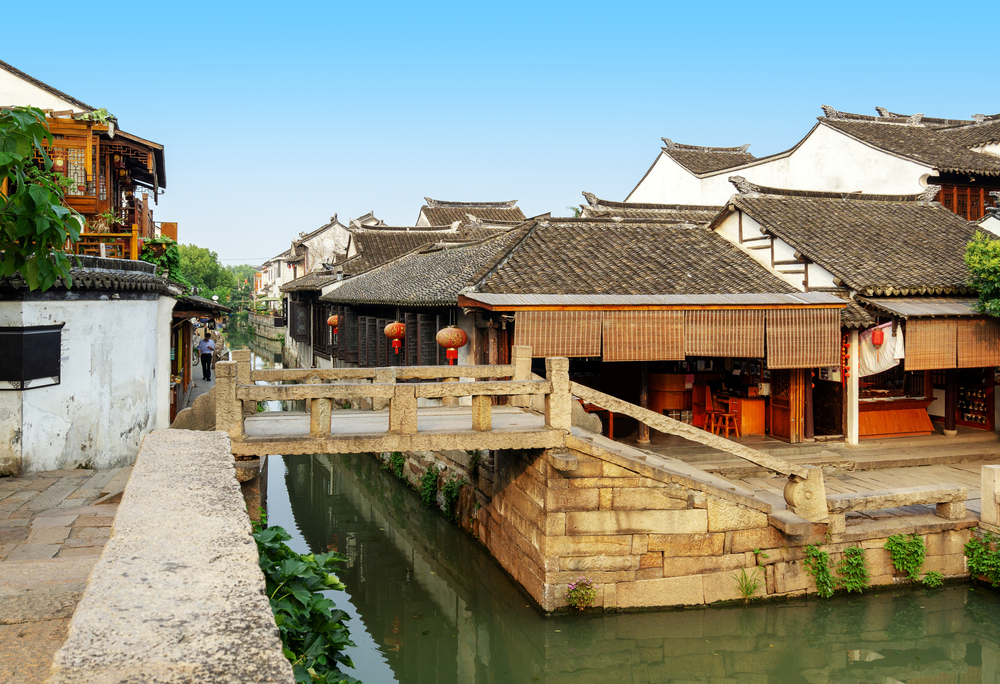
This ancient water town maintains traditions dating back over 900 years through its network of canals and bridges. Residents live in traditional homes that combine water access with historic architecture.
The community preserves traditional crafts and cooking methods passed down through generations.
Floating Villages of Tonle Sap, Cambodia
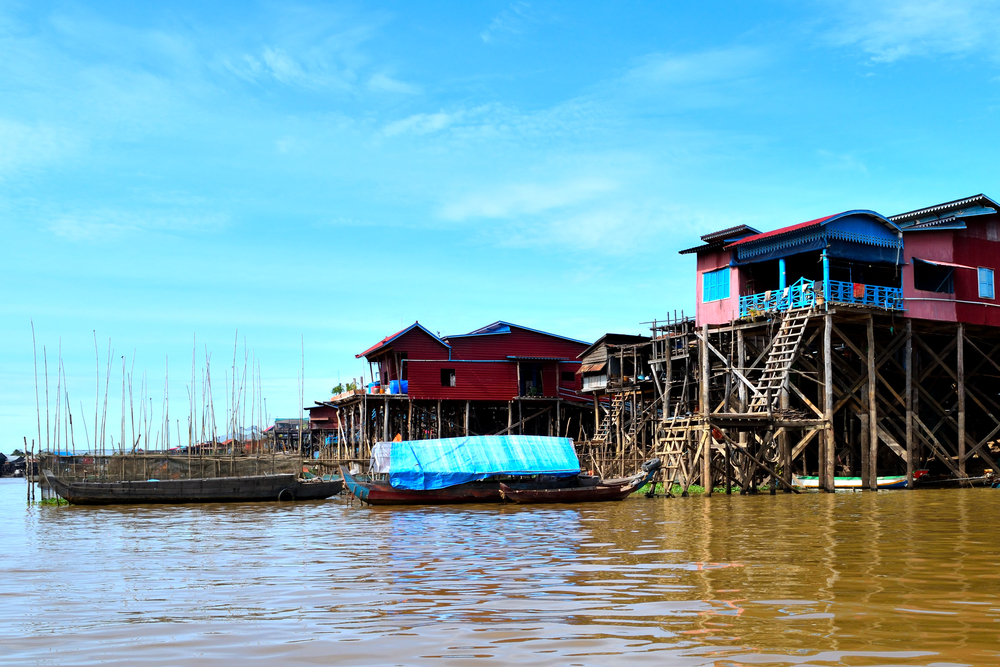
Ethnic Vietnamese and Cham communities maintain entire floating neighborhoods that move seasonally with changing water levels. Schools, shops, and places of worship all float alongside family homes, creating complete communities.
Traditional fishing methods adapt to seasonal changes in water levels and fish migration patterns.
Loktak Lake Villages, India
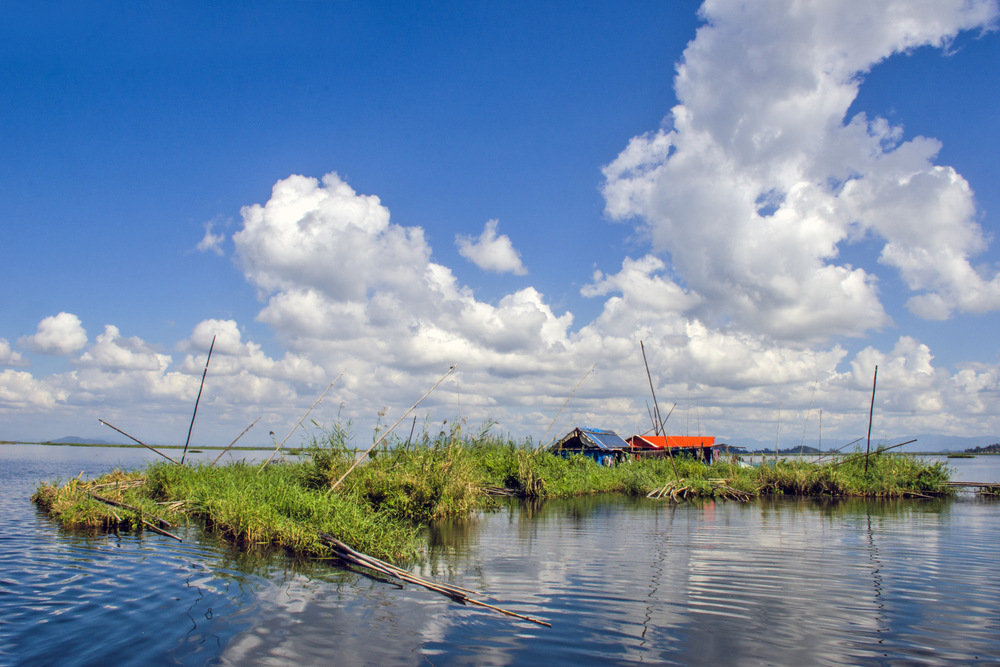
Communities live atop phumdis – naturally occurring floating islands of vegetation in Manipur. Residents have adapted these organic platforms into homes and fishing bases using traditional knowledge.
The unique ecosystem provides both home and livelihood for generations of families.
Like Travel Pug’s content? Follow us on MSN.
New Water City, Maldives
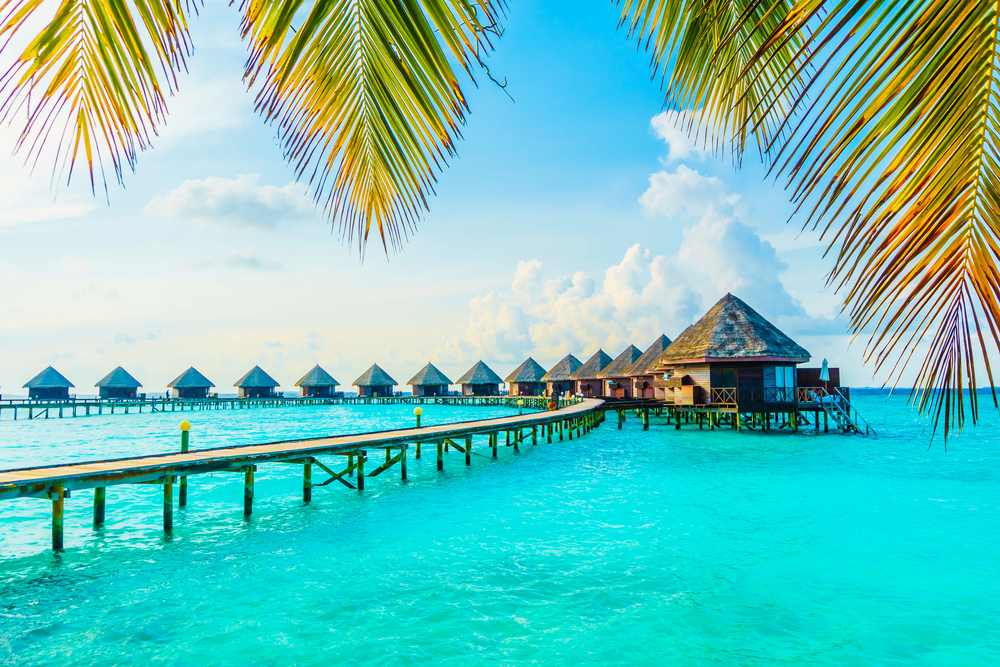
This modern floating development demonstrates how island nations adapt to rising sea levels. Sustainable design features include solar power and rainwater collection systems integrated into floating platforms.
The community serves as a model for future water-based urban development.
Vylyan Floating Village, Hungary
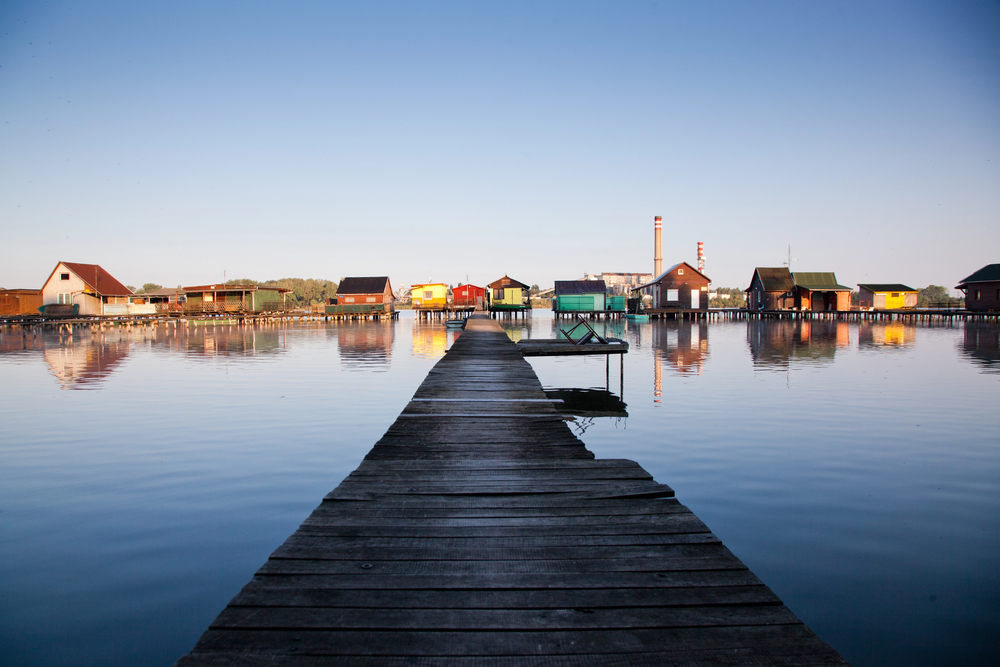
This eco-friendly floating community on Lake Bokod maintains homes heated by the power plant’s warm water discharge. Residents enjoy year-round fishing access while maintaining floating gardens and solar power systems.
The village demonstrates how industrial infrastructure can support sustainable floating communities.
Living Waters
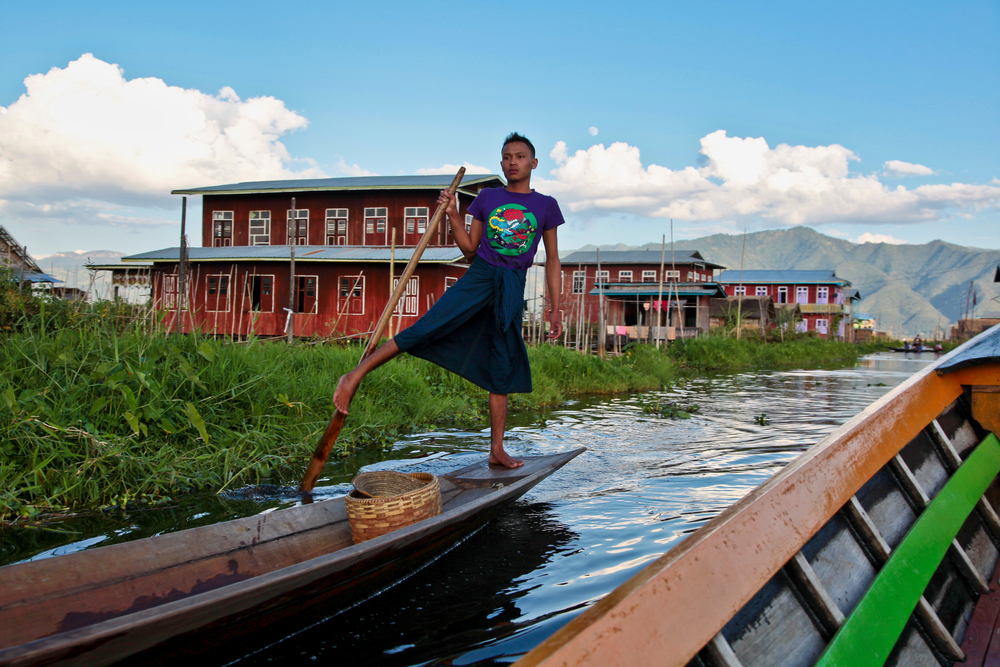
These floating villages demonstrate humanity’s remarkable ability to adapt to life on water while maintaining rich cultural traditions and community bonds. From ancient fishing communities to modern sustainable developments, each settlement offers unique insights into water-based living.
Whether driven by necessity or choice, these floating villages show us alternative ways of thinking about human habitation and our relationship with water.
Like Travel Pug’s content? Follow us on MSN.
More from Travel Pug

- 15 Dangerous European Cities to Avoid
- 15 Caribbean Islands Where Tourists Keep Getting Scammed
- The 20 Most Fascinating Abandoned Places: A Journey Through Time and Forgotten Spaces
- 15 Hidden Places in the Smithsonian Museums Locals Love: A Guide to Lesser-Known Treasures
- 16 Hidden Florida Beach Towns That Aren’t Overrun with Tourists
Like Travel Pug’s content? Follow us on MSN.
